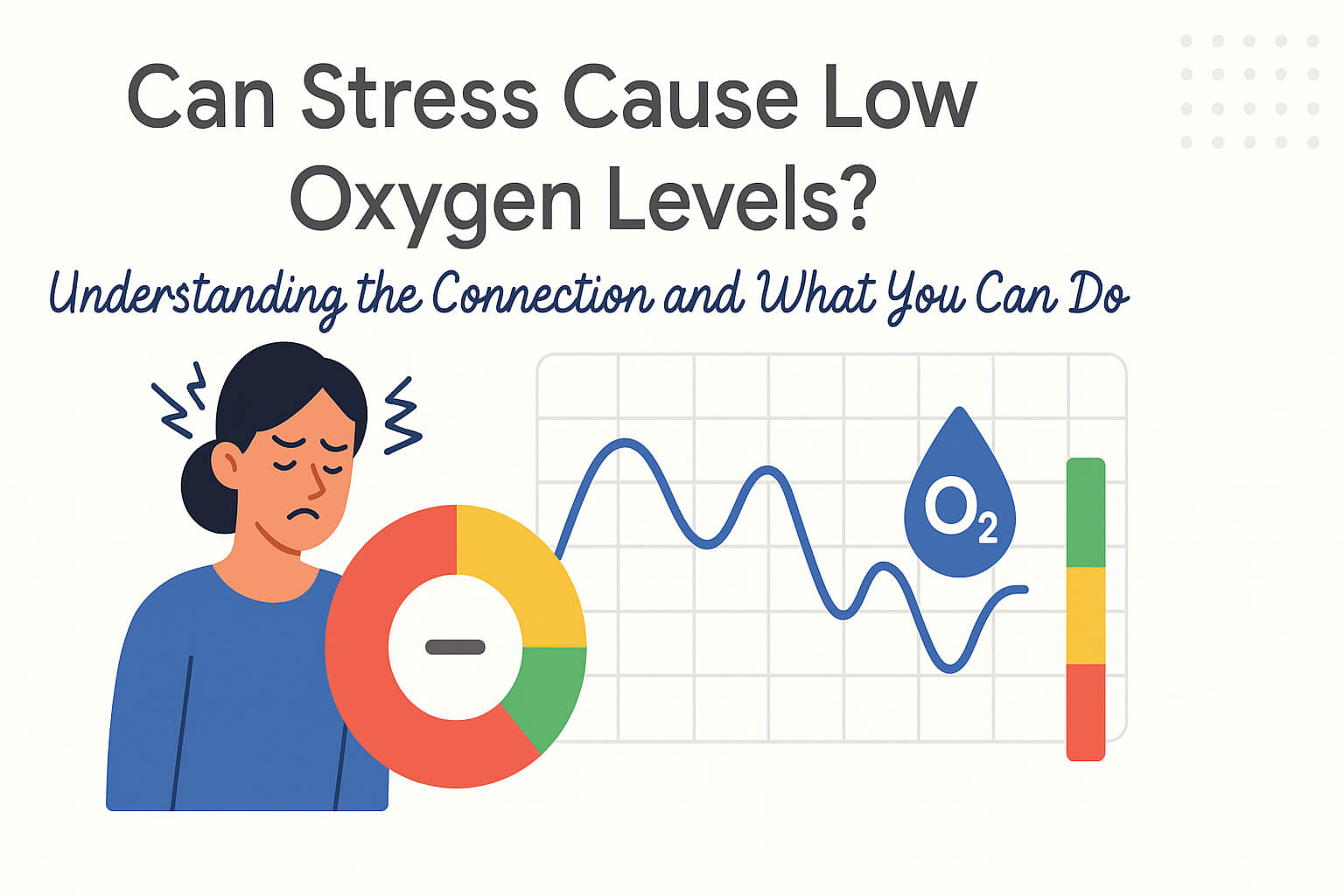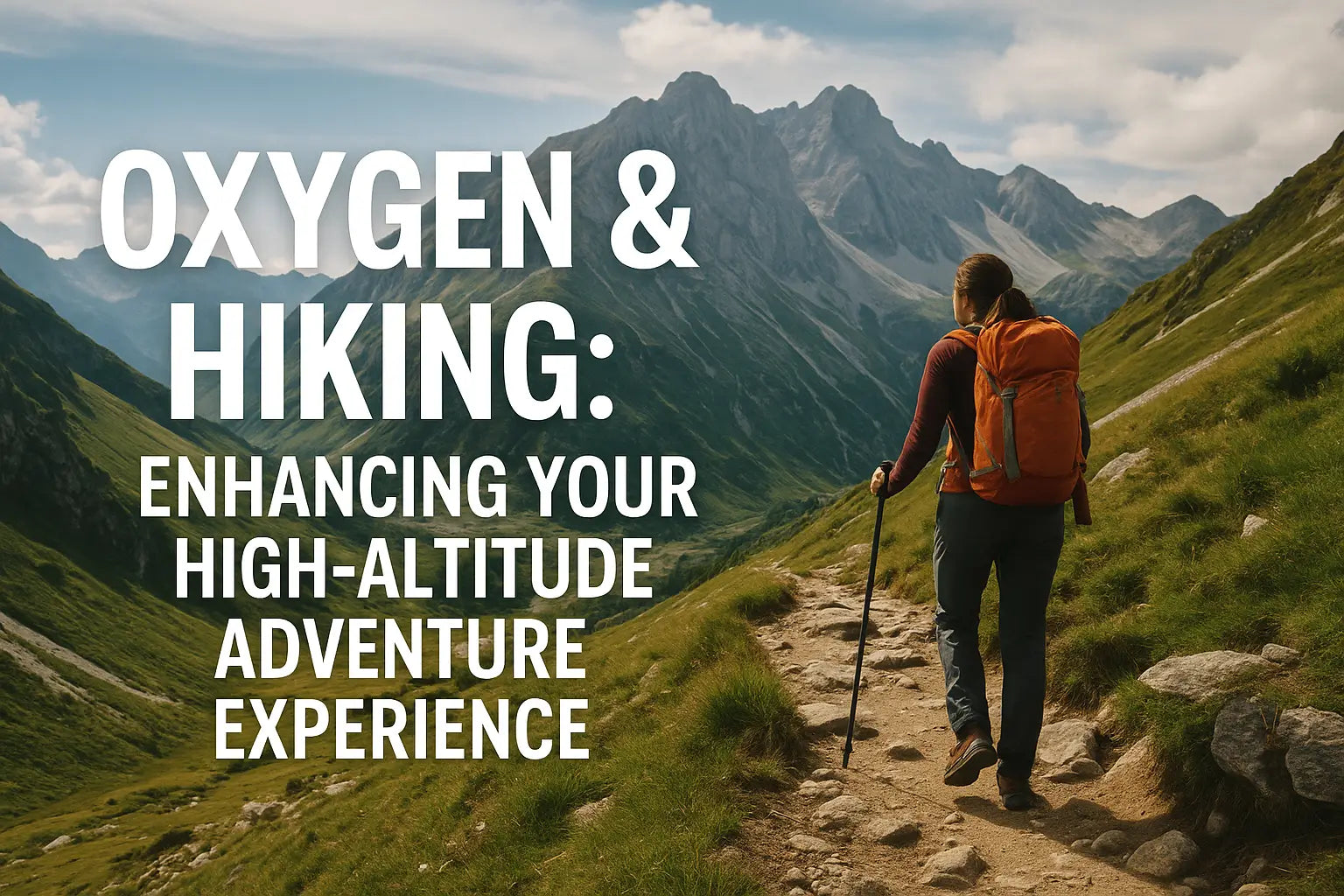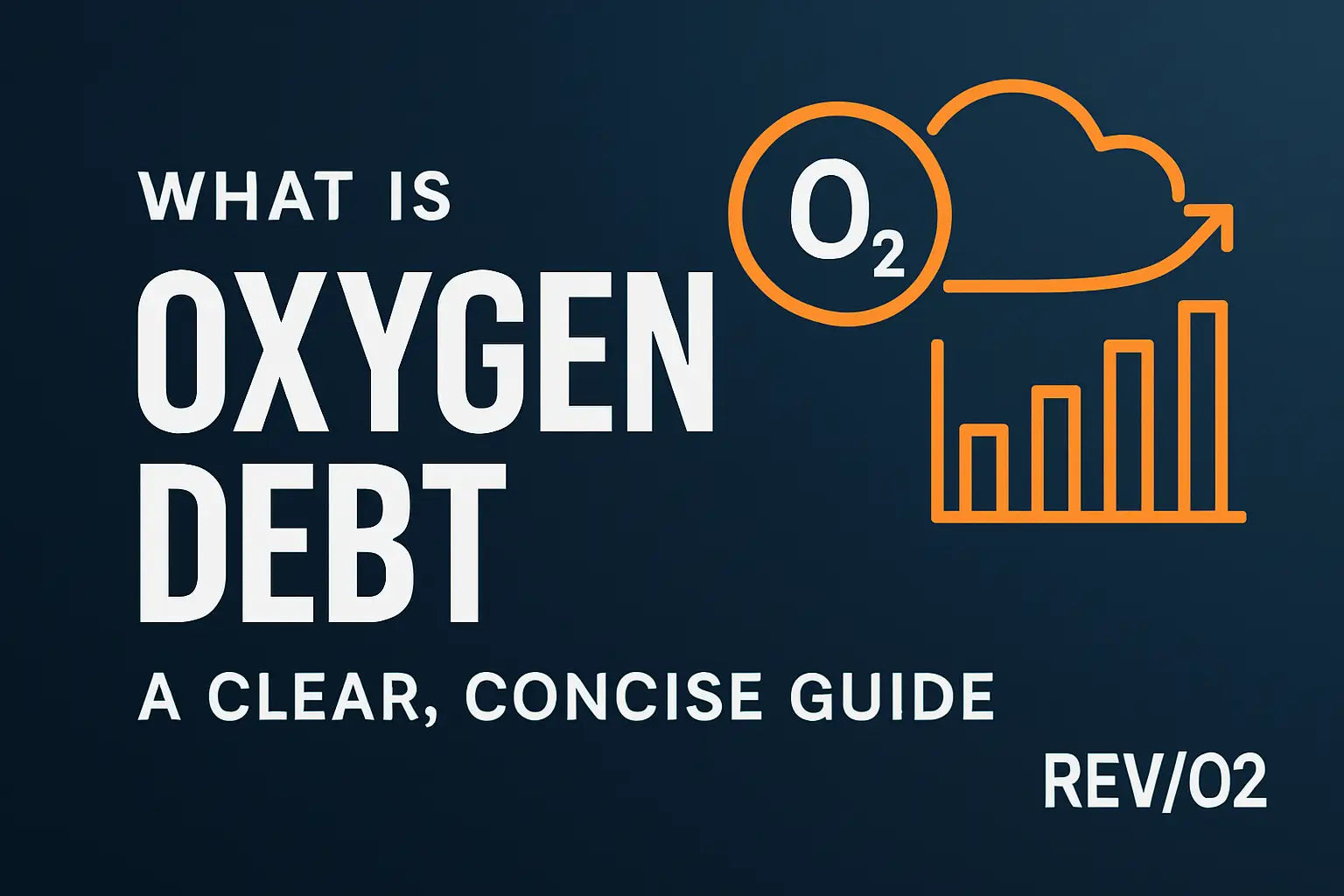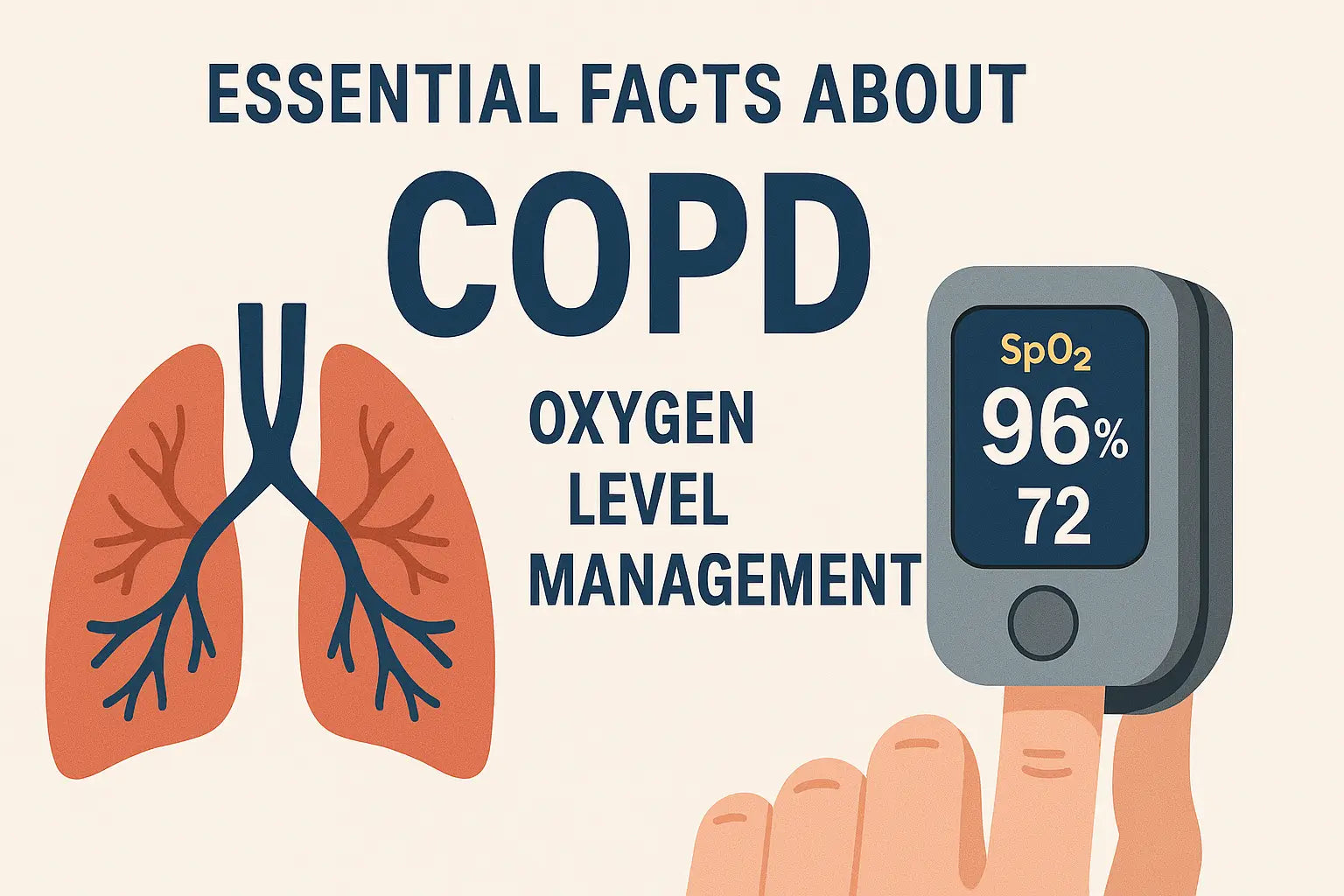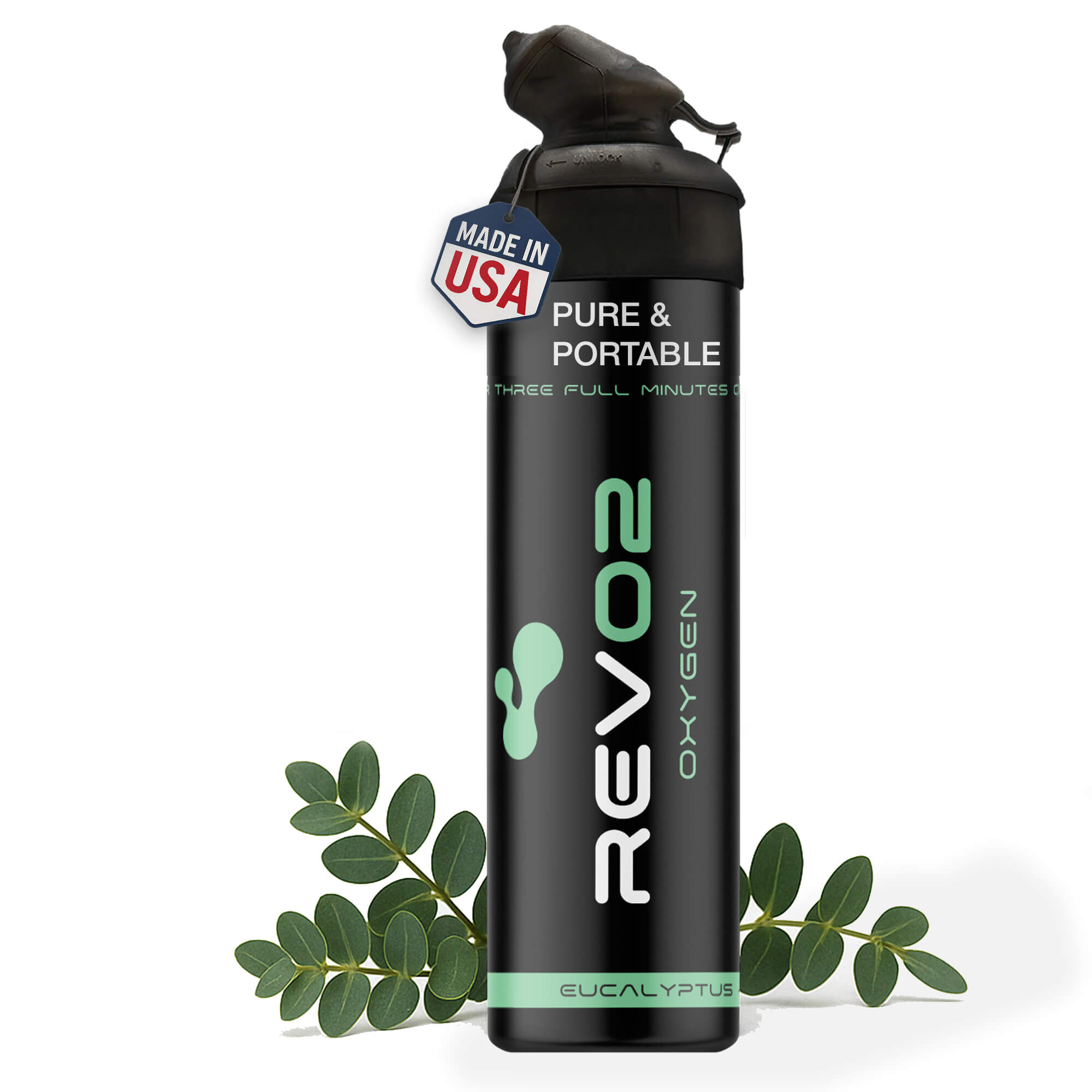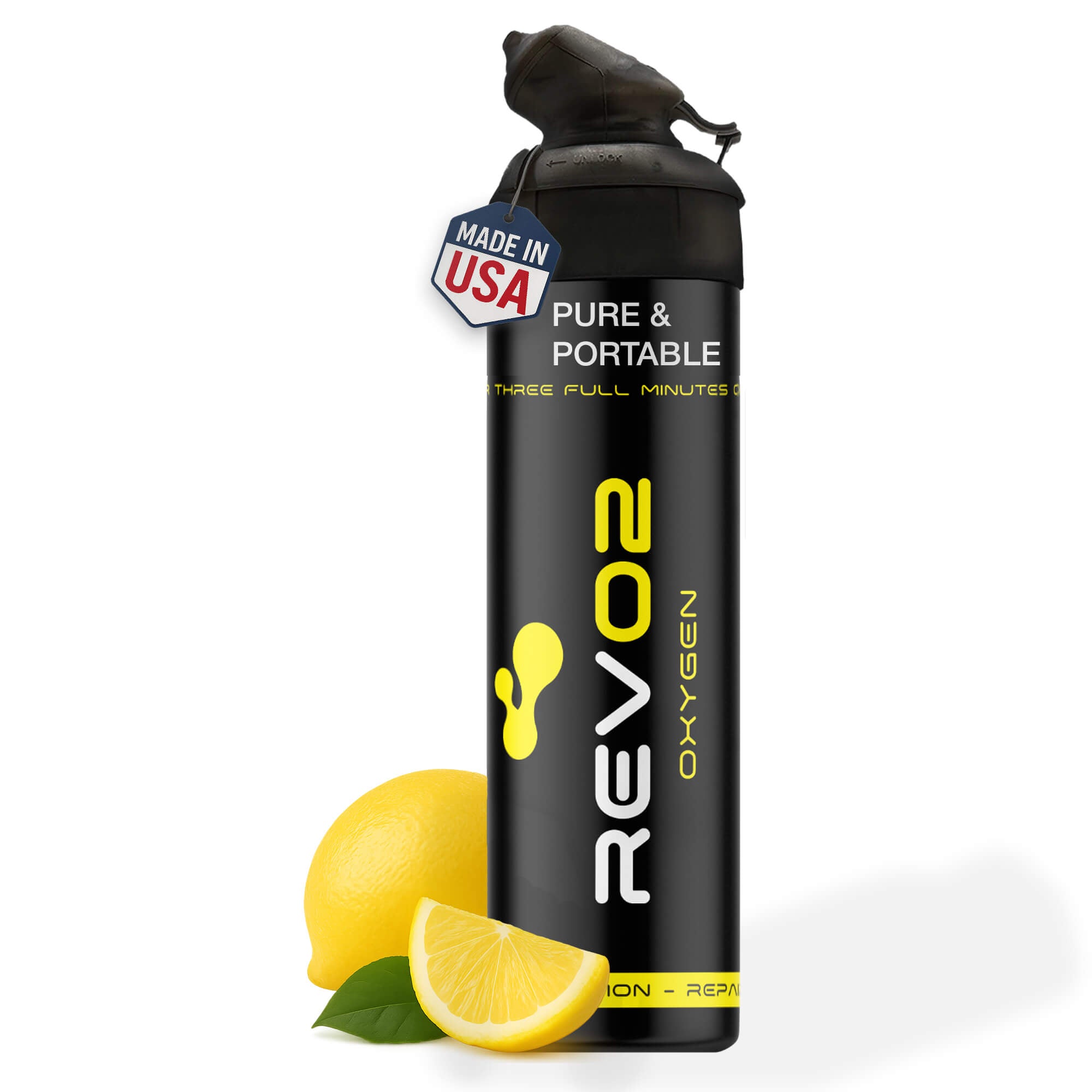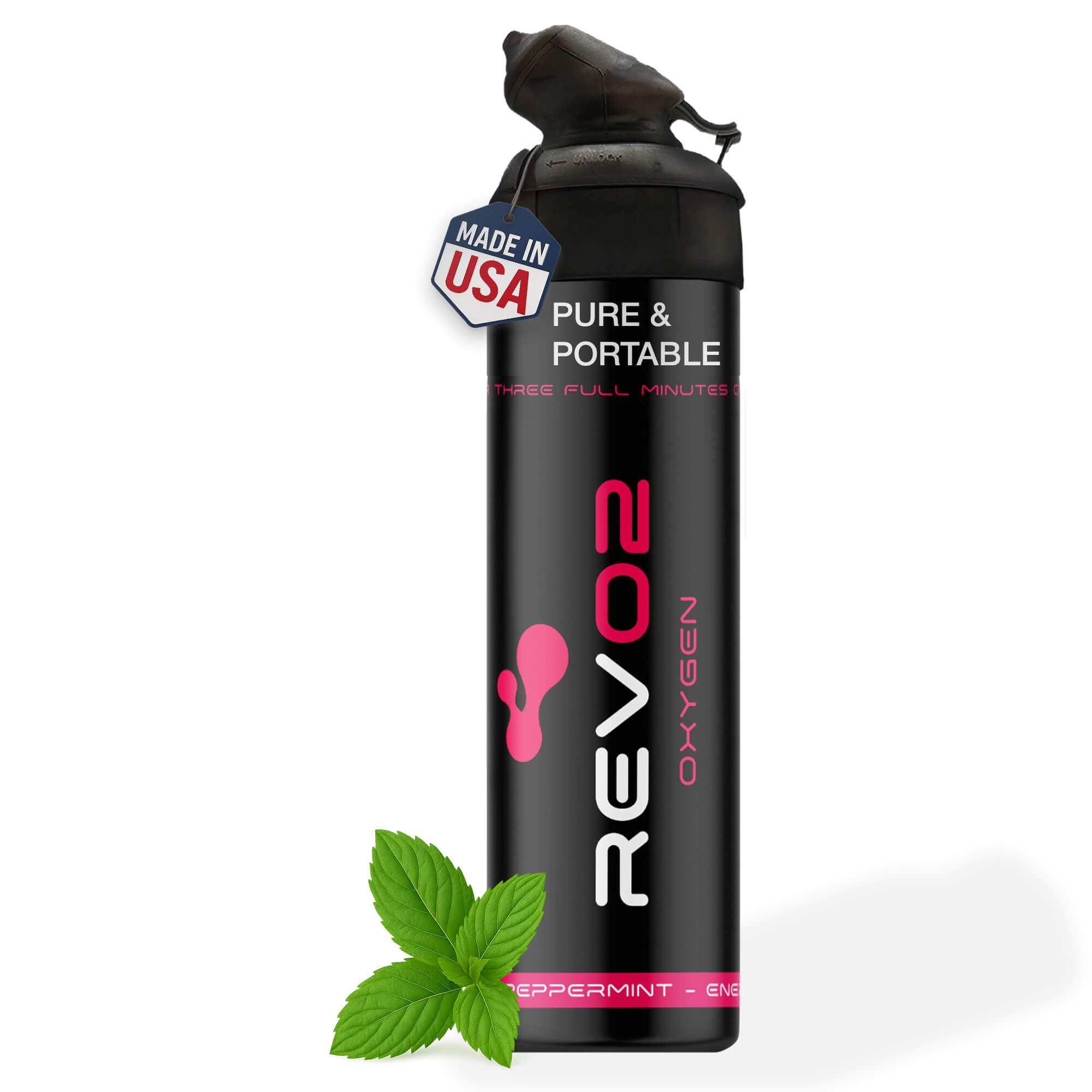Introduction
Ever climbed a tall mountain and felt like you were out of breath? In
Benefits of Using Supplemental Oxygen at Altitude
Before we talk about the benefits, let’s understand the problems first. As altitude increases, oxygen levels drop Loss of oxygen can cause altitude sickness suffered by novice trekkers and expert climbers.
Ever thought why sportspersons undergo training at a height? It enhances athletic performance. The low oxygen levels of high altitudes can help improve stamina. But it can be tough. Supplemental oxygen allows them to go all out without going to the hospital.
High up in the mountains, the body can sure struggle to keep up, but so can the mind. Using an extra oxygen can help you think fast and make better decisions.
Supplemental oxygen can help mountaineers get used to altitude conditions quickly. Less health risks means faster acclimatization and smoother journey.
Lessening Sickness due to the Height: This is the main concern. Nothing worse than HAPE – High Altitude Pulmonary Edema, which is an extreme form of altitude sickness. Supplemental oxygen taken on a regular basis can lessen it.
To ensure pilot safety during flights, he used to complement oxygen in non-pressurized aircraft flying at higher altitudes. It ensures that they remain alert to keep the skies safe.
After an exercise or climb, the body needs recovery. When you work out 05 O wean more, it helps in recovery. At highs, waste less gets limited.
Some elderly or other specific health conditions present, people can be at risk at high altitudes. They can enjoy the view without risking their health with supplemental oxygen.
Common Myths Debunked
Isn't Breathing Natural Air Better? Natural air is great, but high up, there’s not so much oxygen. The body does not care if oxygen is from nature or a cylinder, it just wants to have it!
Can Supplemental Oxygen Make You Dependent? Using supplemental oxygen at high altitudes won’t make you dependent for a short while. It's a life-saving tool, not an addictive substance!
First-Hand Accounts
"For his first climb over 15,000 feet, Alex M, an amateur mountaineer, recalls the stunning views as well as the shortness of breath. Supplemental oxygen on subsequent climbs made things much easier and more pleasant." – Alex M., Amateur Mountaineer.
FAQs
What makes some people more prone to altitude sickness?
The cause of altitude sickness differs between people because of genetics, conditioning and ascent speed.
How is supplemental oxygen administered at high altitudes?
It’s usually delivered through masks or nasal cannulas that connect to portable cylinders.
Isn't it cumbersome to carry oxygen cylinders?
Modern-day solutions of supplemental oxygen are portable with high-altitude design technology, making them easy to carry.
Do pilots always use supplemental oxygen?
The FAA requires supplemental oxygen in non-pressurized airplanes when flying above 12,500 ft for over 30 minutes, or any time above 14,000 ft.
How long can one use supplemental oxygen?
It depends on the altitude and individual needs Before using it for a long time, consult a doctor.
Is supplemental oxygen the same as medical oxygen?
While both are pure oxygen, they serve different purposes Medical oxygen is used for treating illnesses while supplemental oxygen is used to combat altitude sickness.
Conclusion
Oxygen can be helpful during mountains or in situations of altitude sickness. When you get to altitude, your muscles, brain, and body can be affected but oxygen can help mitigate this. Supplemental oxygen can be beneficial to a mountaineer, pilot, athlete, and even a traveler who only wants to take in the views high up in the mountains. Knowledge is power; stay informed and breathe easy!




